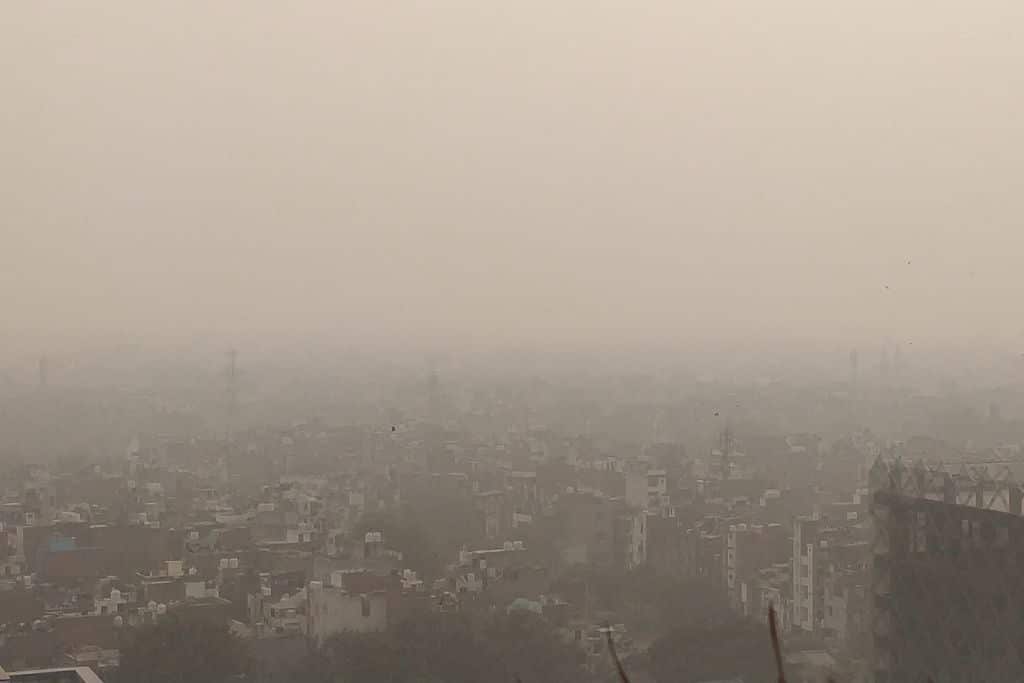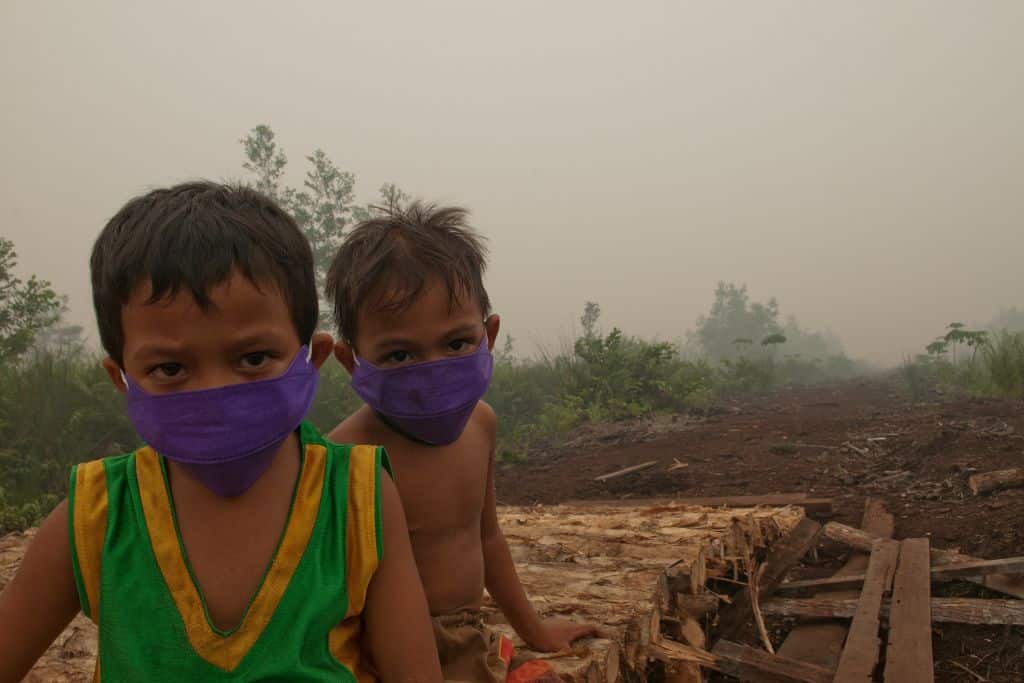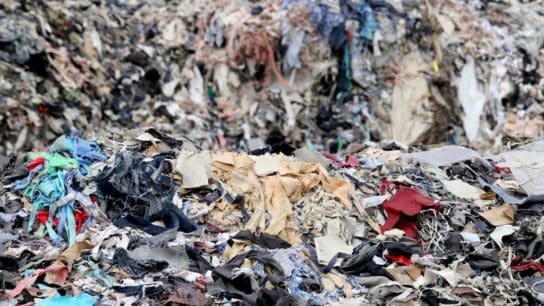Chad recorded the highest annual PM2.5 concentration at 91.8µg/m3, significantly higher than the World Health Organization’s recommended safe level of 5µg/m3.
—
Only seven countries in the world, or less than 4%, had air quality levels at or below the healthy annual average recommended by the World Health Organization (WHO) in 2024, a new report has found.
Exception made for Australia, Estonia, New Zealand, Iceland, Grenada, Puerto Rico, and French Polynesia, all countries exceeded the annual level last year, Swiss air quality technology company IQAir said in its annual report published on Wednesday, with several regions recording dangerously high pollution levels.
Chad, a country in north-central Africa, recorded the highest annual PM2.5 concentration at 91.8µg/m3, much higher than the WHO’s recommended safe level of 5µg/m3. It was followed by Bangladesh, Pakistan, the Democratic Republic of the Congo, and India.
17% of cities included in the report met the WHO annual PM2.5 guideline level, up from 9% in 2023. The Indian capital New Delhi remained the most polluted capital in the world, closely followed by Chad’s N’Djamena. Both cities had an annual average PM2.5 concentration of more than 90µg/m3.
The report was compiled with data from over 40,000 air quality monitoring stations and low-cost sensors worldwide, which are operated by research institutions, government agencies, schools, universities, non-profit organizations, private companies, and citizen scientists, according to IQAir.
PM2.5, the most commonly used unit in air quality measurements, refers to an atmospheric particulate matter that has a diameter of less than 2.5 micrometers, or about 3% the diameter of a human hair, and is said to pose the greatest risk to human health. Studies have linked it to premature mortality, heart or lung diseases, acute and chronic bronchitis, asthma attacks, and other respiratory symptoms.
| Pollutant | 2021 AQGs |
| Fine particulate matter, µg/m3 | Annual: 5 24-hour: 15 |
| Ozone, µg/m3 | 8-hour: 100 |
| Nitrogen dioxide, µg/m3 | Annual: 25 24-hour: 40 |
WHO issued new, more stringent guidelines on air pollution in September 2021, following new research showing fine particulate matter (PM2.5) to be more harmful than previously thought. It set the 24-hour PM2.5 safe limit at 15 μg/m3 and the annual threshold at 5 μg/m3.
Global Crisis
Wednesday’s report reaffirms previous WHO data indicating that air pollution levels exceed safe values almost everywhere in the world, with at least nine out of 10 people worldwide living in places with low air quality. Globally, PM2.5 is associated with approximately 7 million deaths around the world every year and causes the average person to lose approximately 2.3 years of life expectancy – or a combined 17.8 billion years.
Contrary to the 20th century, the worst air quality in the world is found in the Global South. According to IQAir, countries, territories, and regions in Africa, Central and South Asia reported the highest population-weighted annual average PM2.5 concentrations in 2024.
There are many reasons that explain this discrepancy.
First and foremost, developing nations are rich in fossil fuels, and coal power plants remain prevalent in these regions. They also heavily rely on solid fuels that are responsible for severe indoor air pollution, such as wood, crop wastes, charcoal, and coal as well as kerosene for cooking, heating, and lighting. Furthermore, they lack technologies and economic resources to fight air pollution and its effects, such as adequate health systems to cure diseases related to this phenomenon. Developing countries also tend to have weak laws and policies, such as less stringent vehicle emission standards, compared to developed nations.

A study last year found that people living in four South Asian nations – Bangladesh, India, Nepal, and Pakistan – are expected to lose about five years of their lives on average because of air pollution. The analysis, conducted by the University of Chicago’s Energy Policy Institute (EPIC), found that particulate pollution in South Asia has increased by 9.7% from 2013 to 2021, contributing to an additional six months’ reduction in life expectancy for the region’s residents. People living in Sub-Saharan Africa and South Asia regions are significantly more likely to die from outdoor air pollution, with death rates approximately 100 times greater than in Europe and North America, the study found.
Featured image: Aulia Erlangga/CIFOR via Flickr.
You might also like: Air Pollution: Have We Reached the Point of No Return?
This story is funded by readers like you
Our non-profit newsroom provides climate coverage free of charge and advertising. Your one-off or monthly donations play a crucial role in supporting our operations, expanding our reach, and maintaining our editorial independence.
About EO | Mission Statement | Impact & Reach | Write for us









